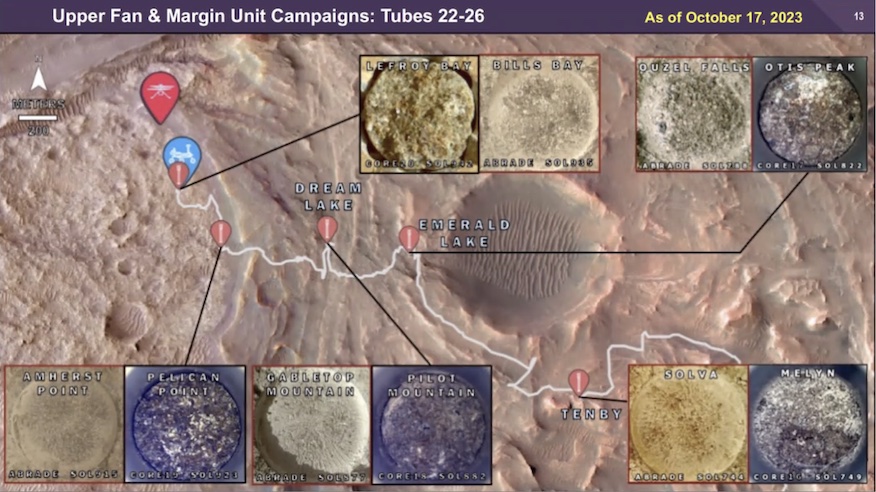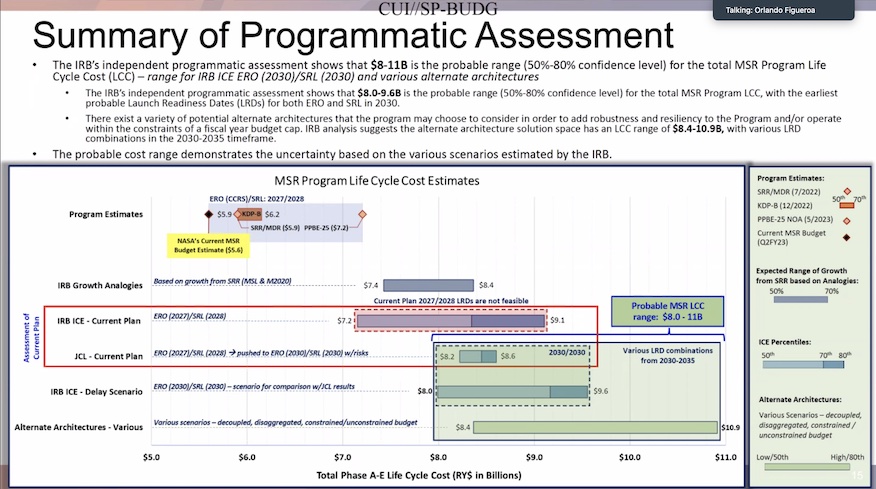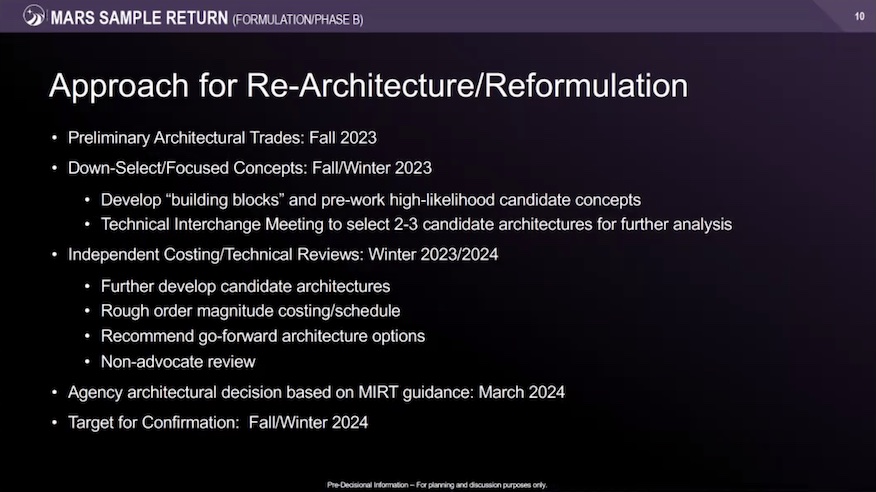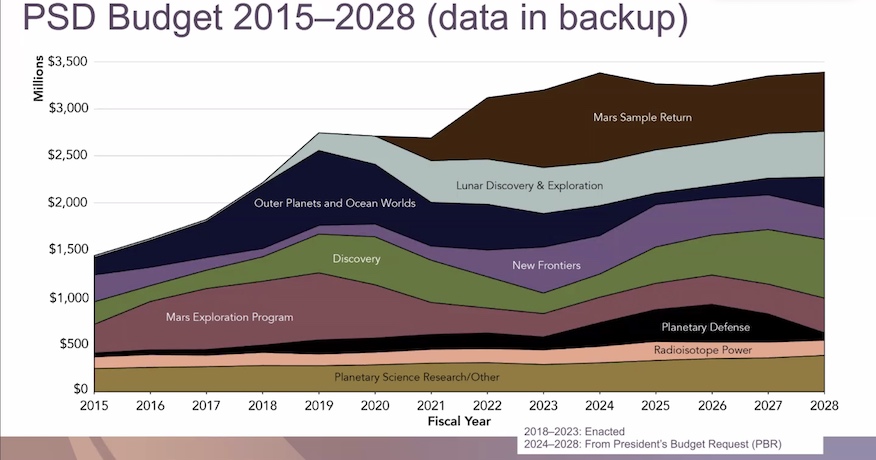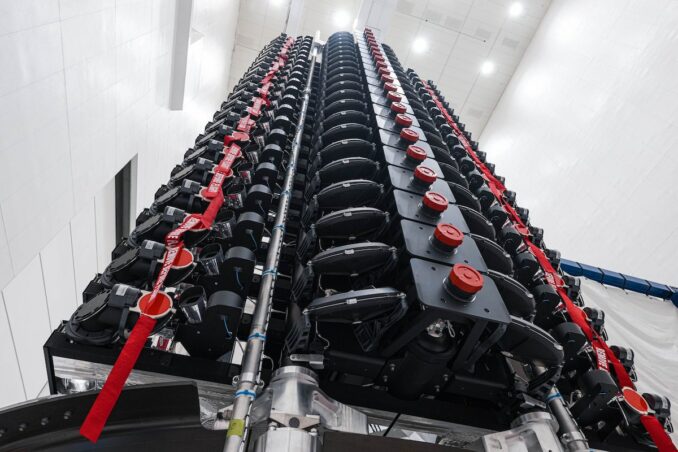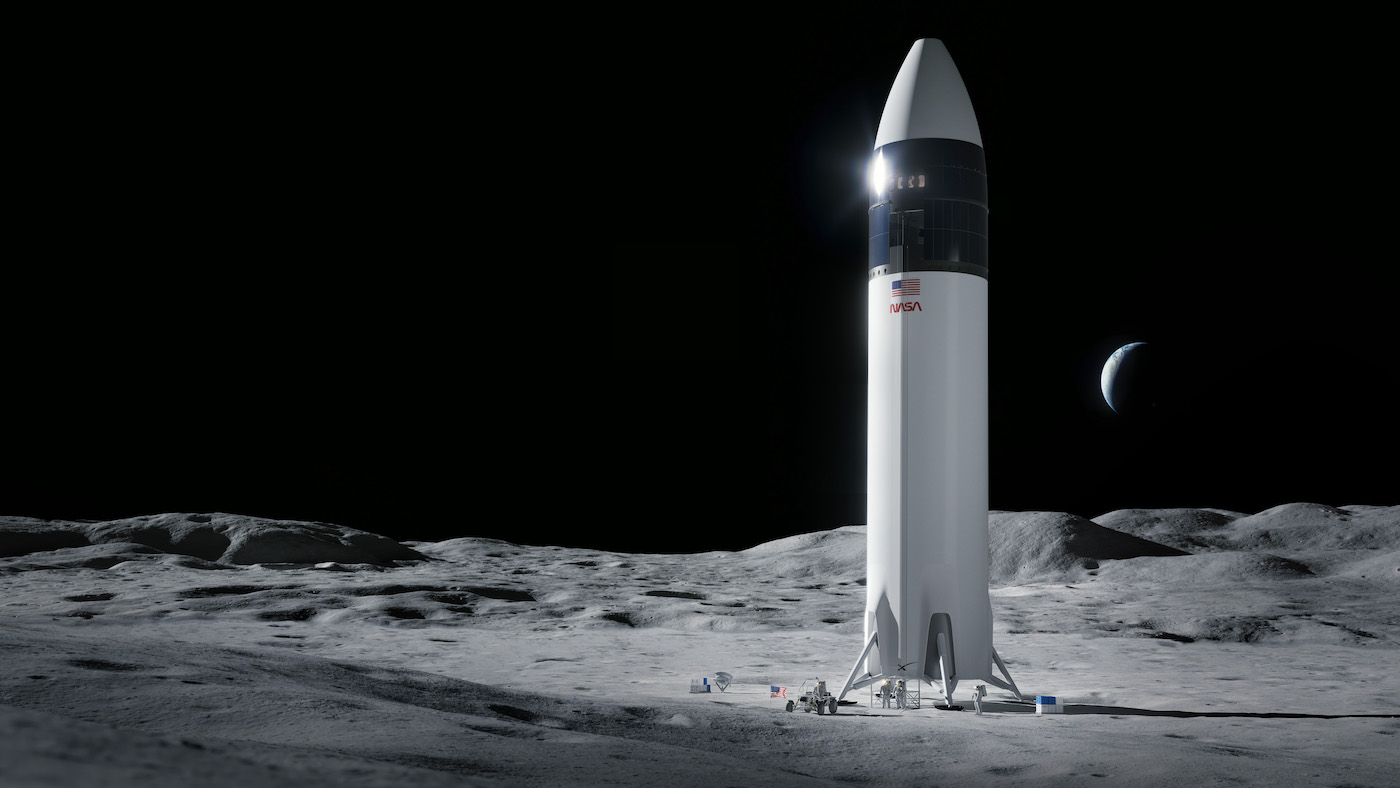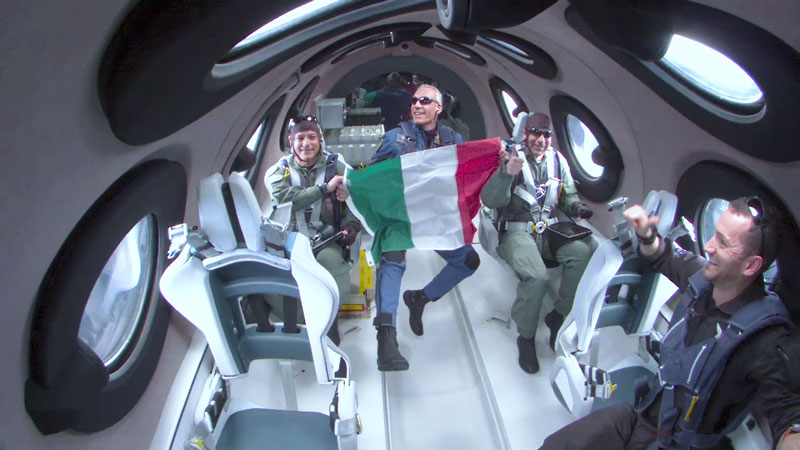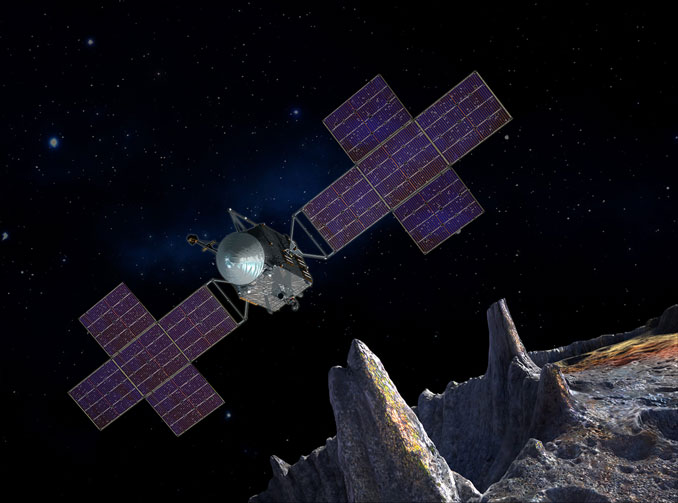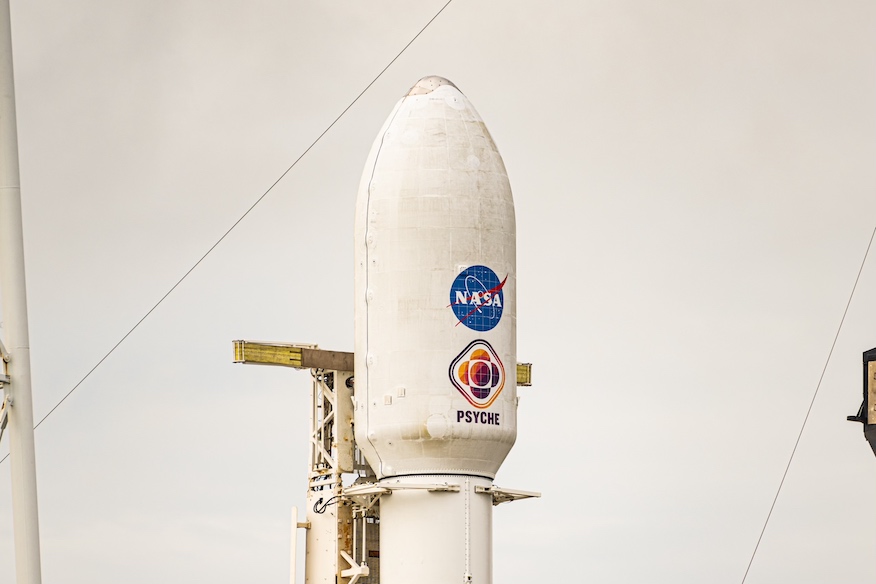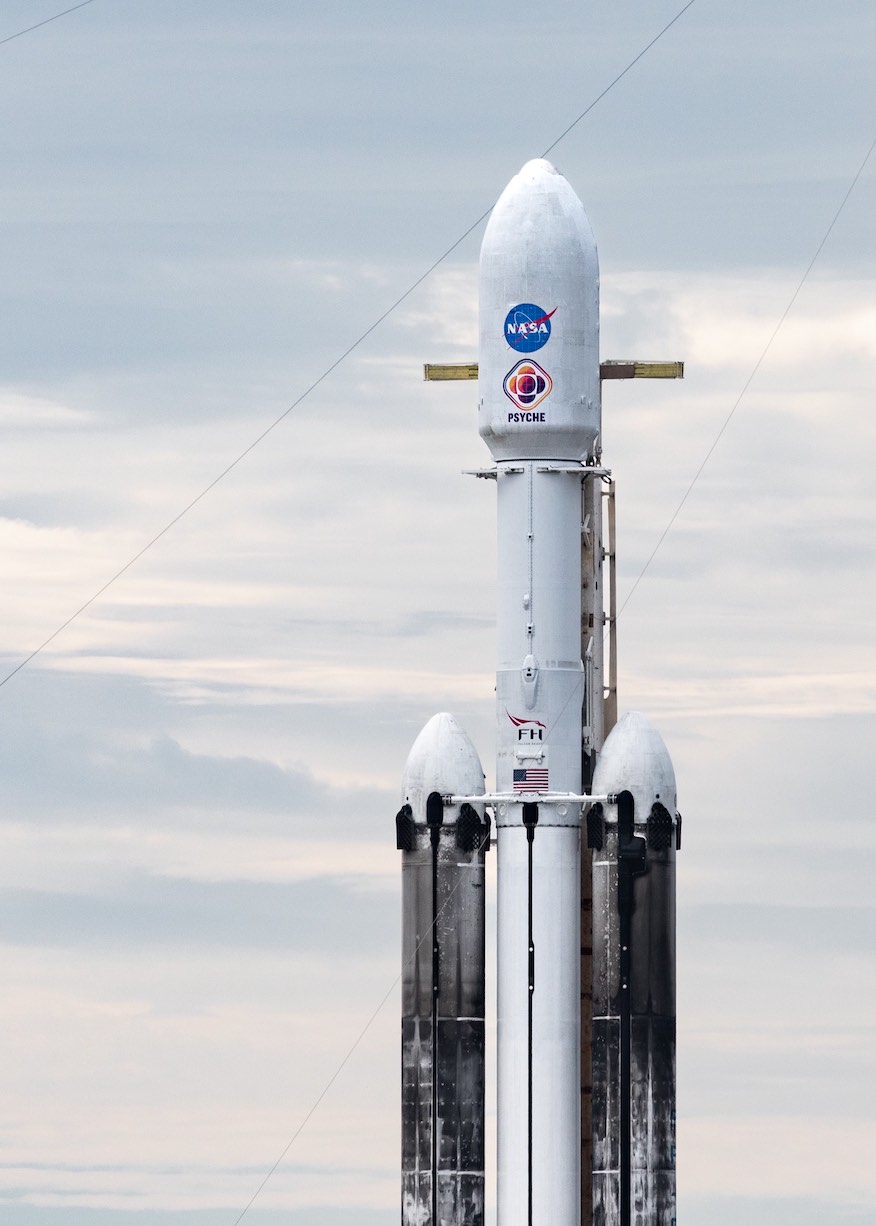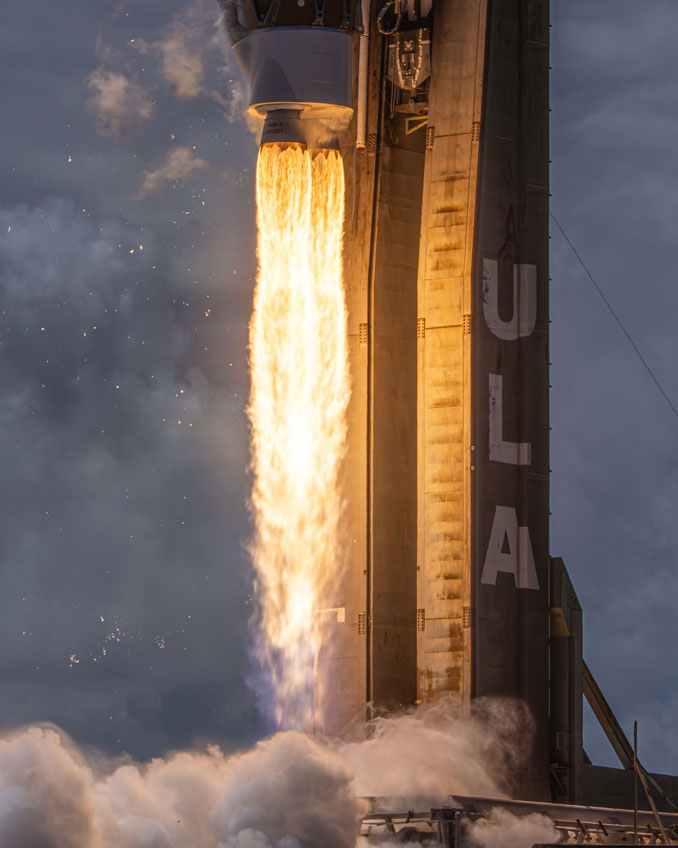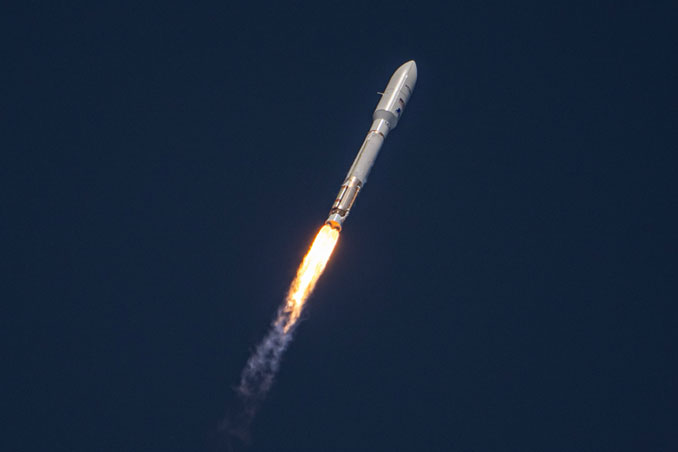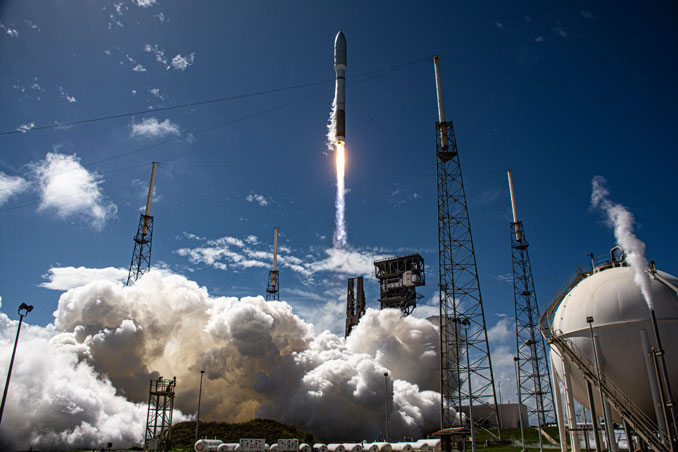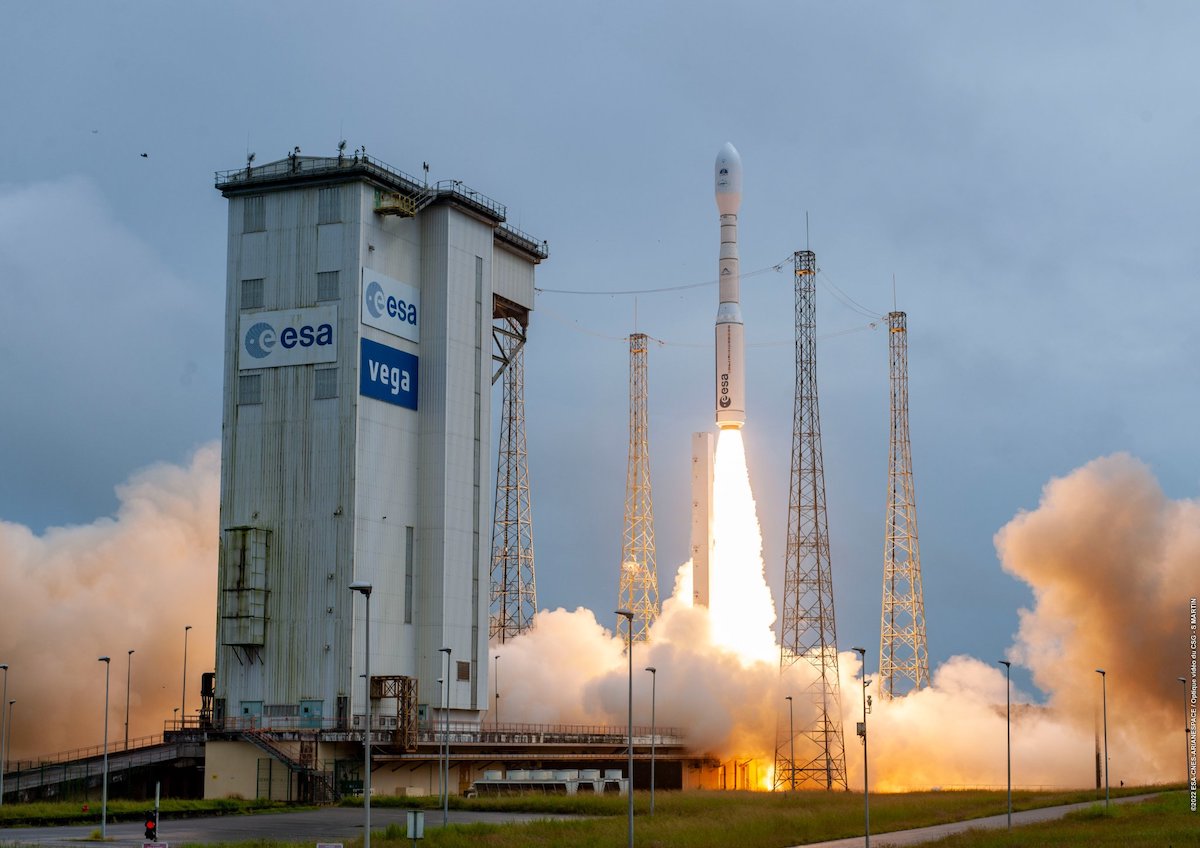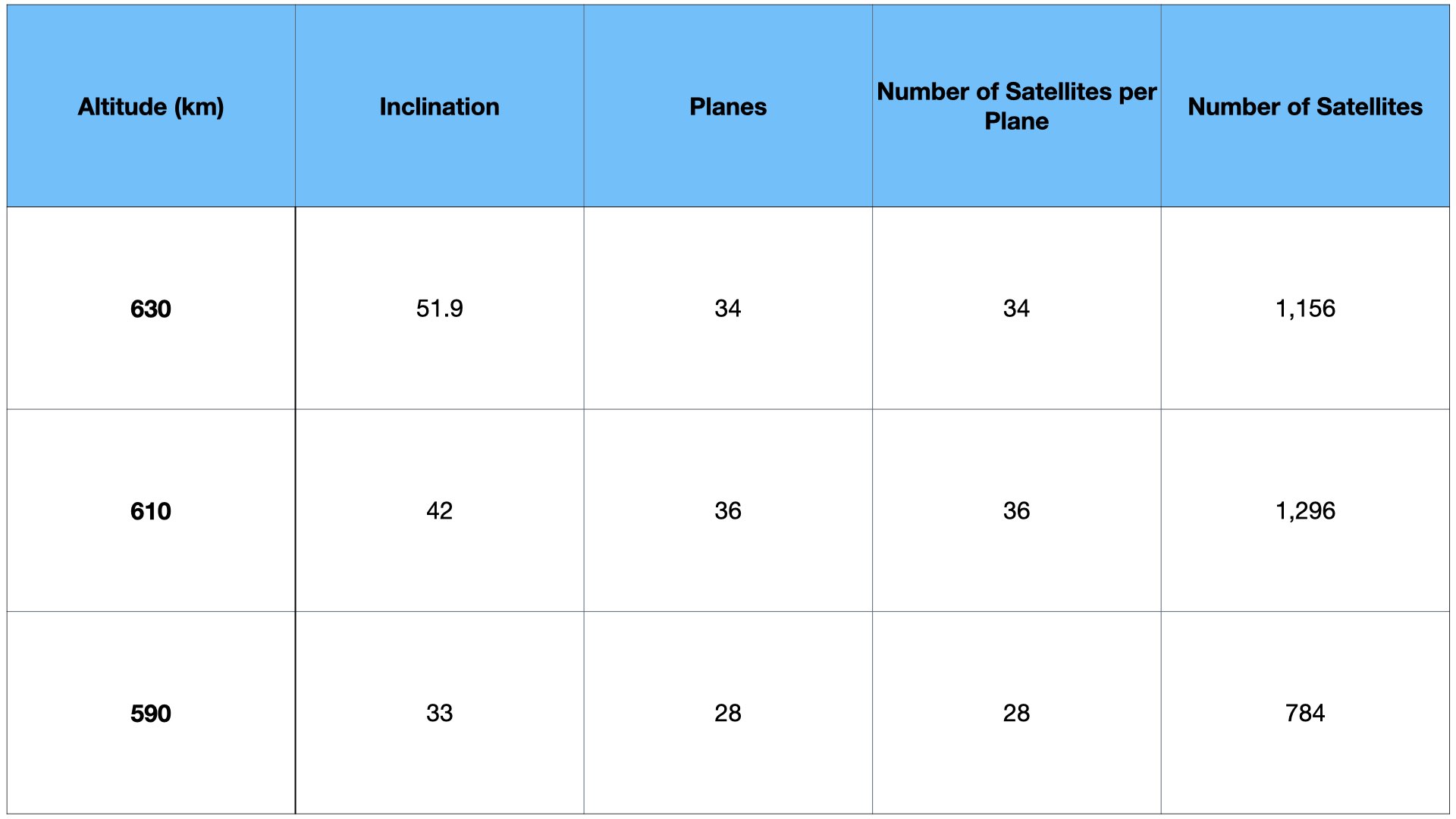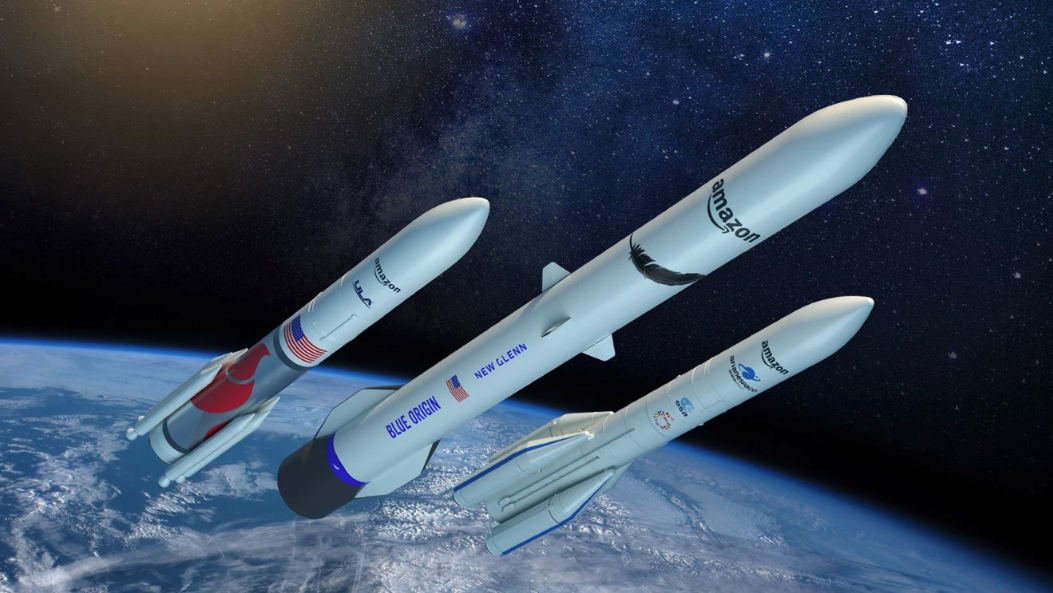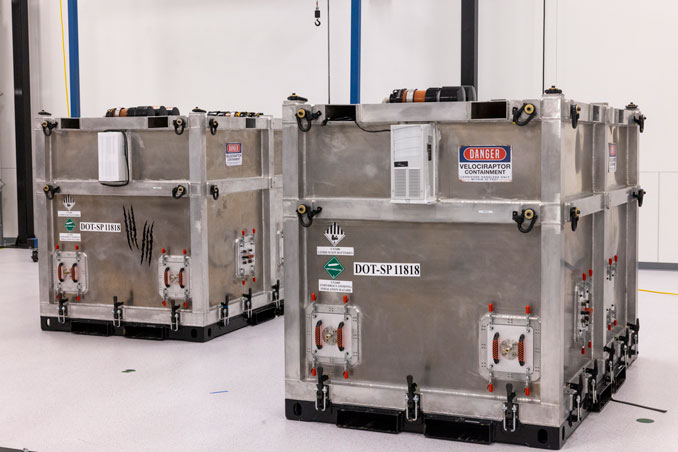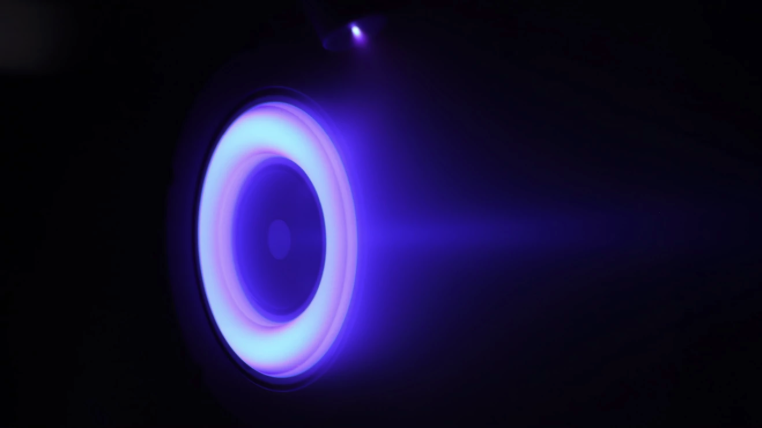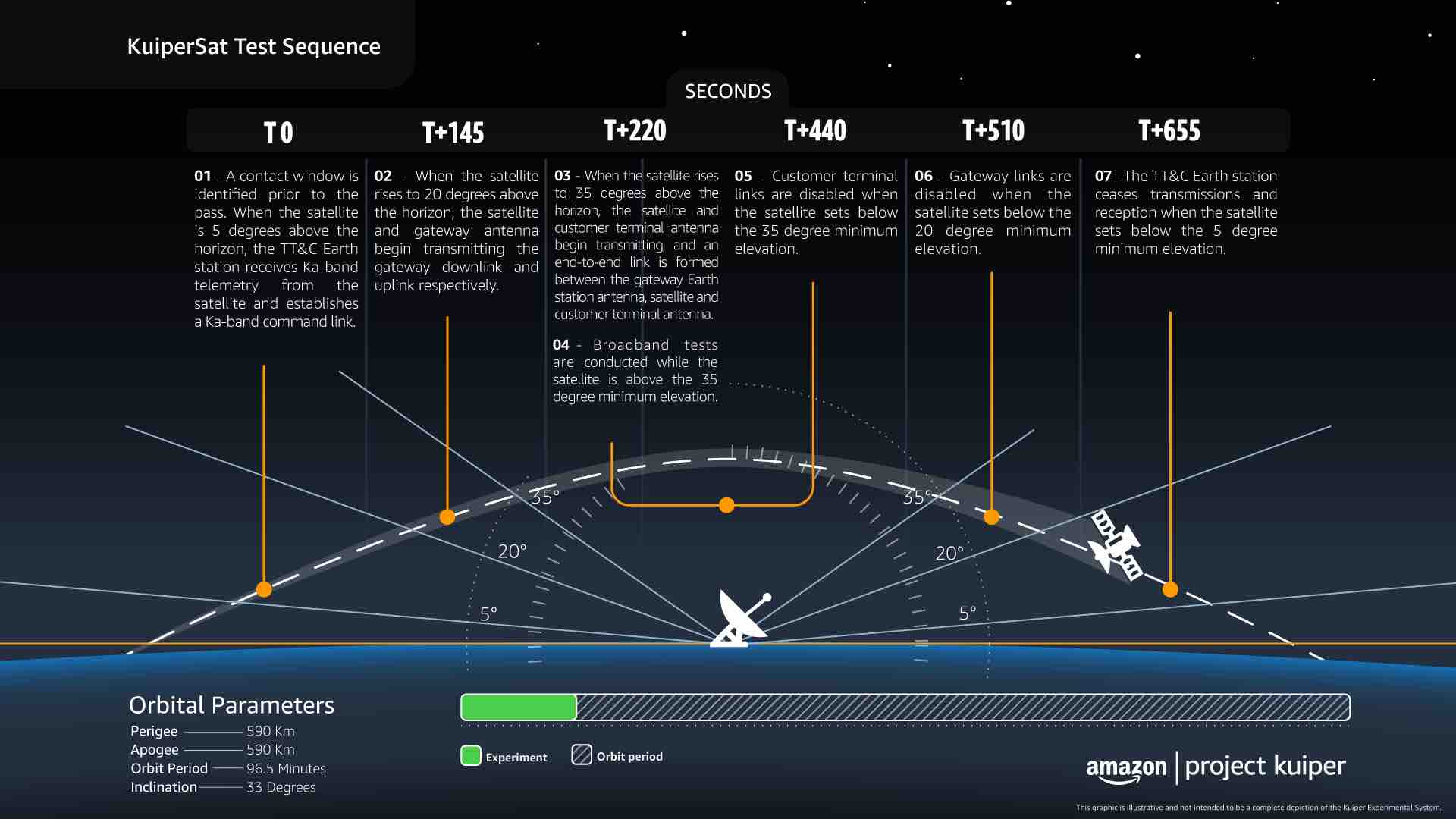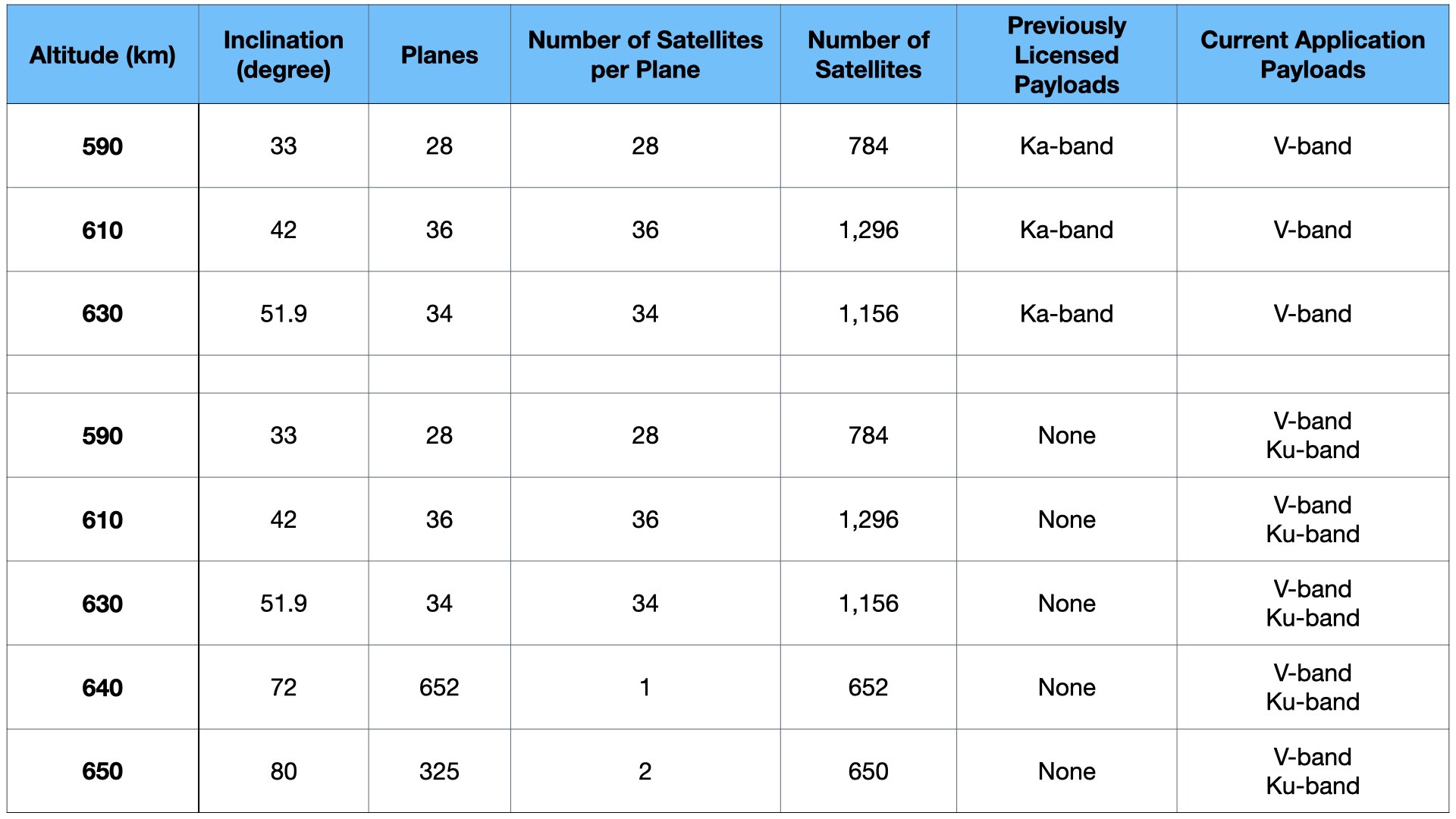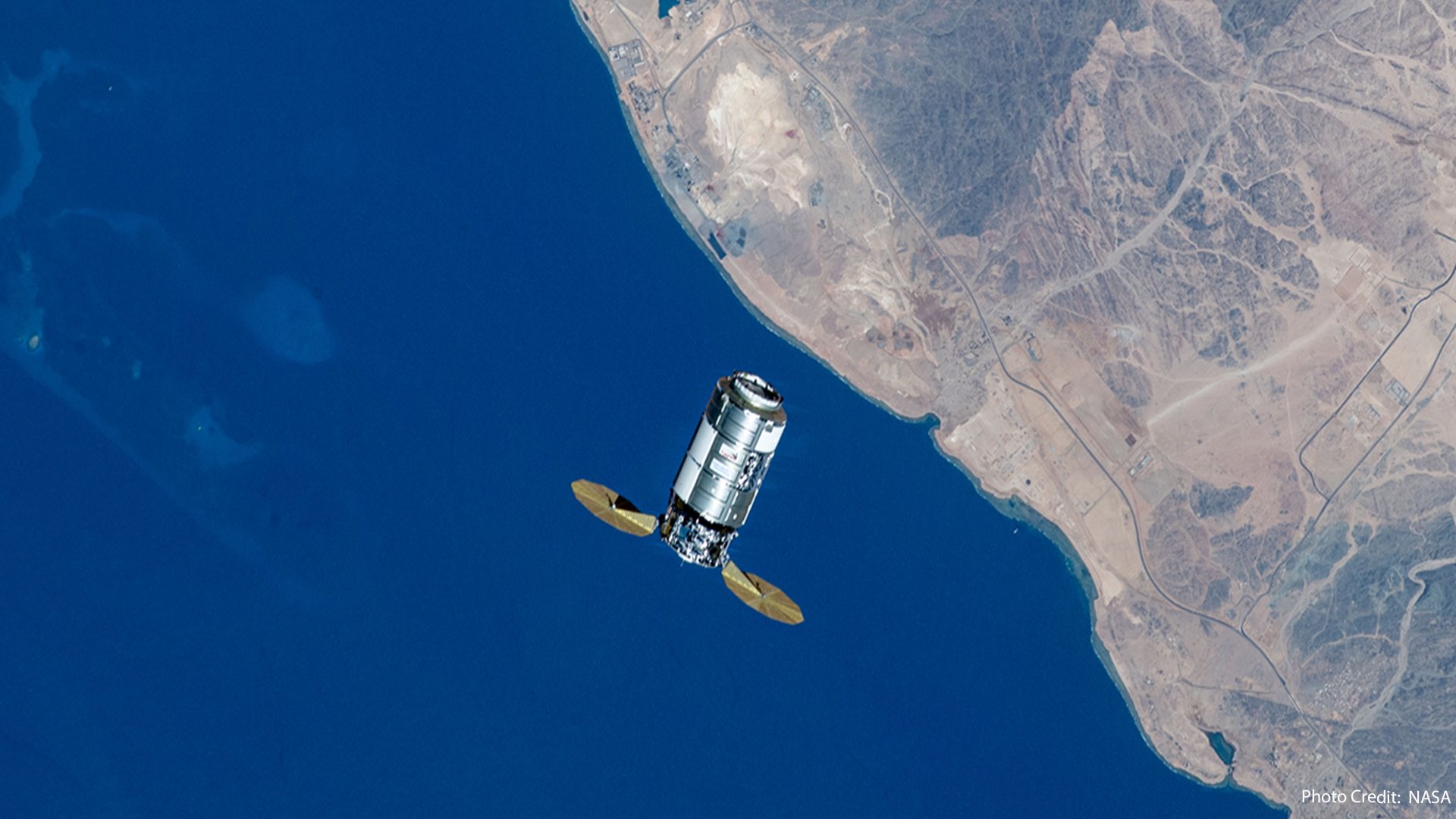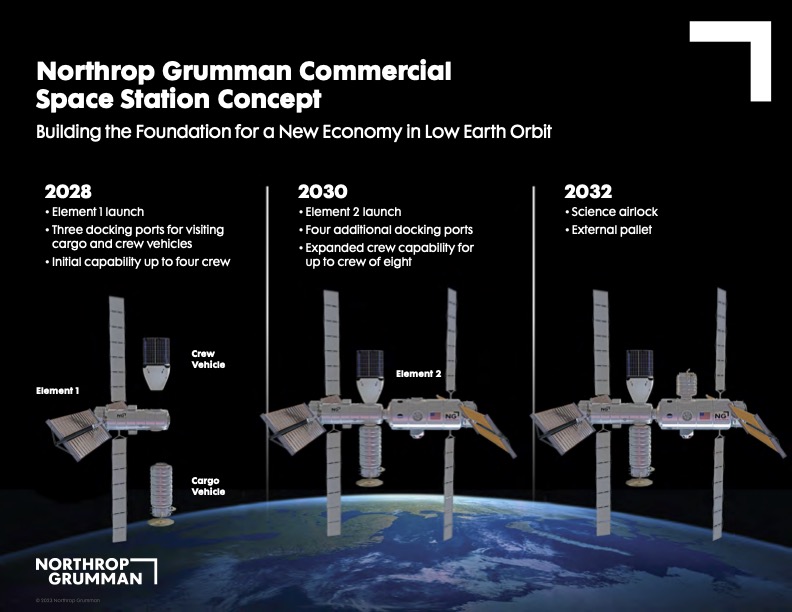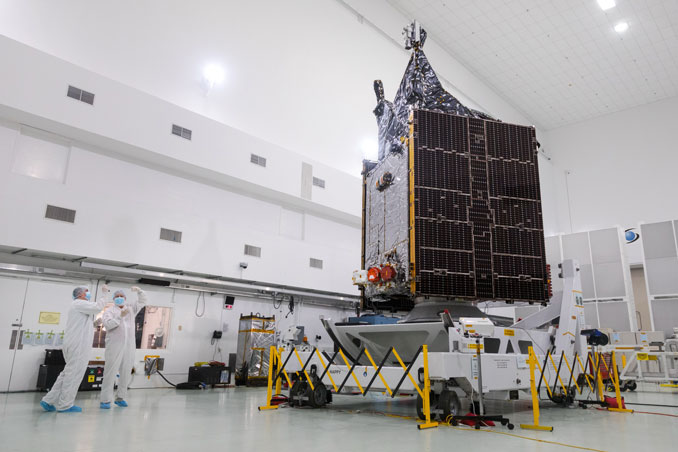Russian cosmonauts Oleg Kononenko and Nikolai Chub work outside the International Space Station on Oct. 25, 2023. Image: NASA TV
Two Russian cosmonauts ventured outside the International Space Station Wednesday to look for the source of a leak at or near a newly installed radiator on the Nauka lab module and to isolate it from coolant lines.
They also planned to attach a small synthetic aperture radar instrument to the hull of the multi-purpose laboratory, deploy a mini satellite to test solar sail technology and, if time is available, replace an electrical connector panel.
Floating in the Russian Poisk module, veteran cosmonaut Oleg Kononenko, making his sixth spacewalk, and first-time flyer Nikolai Chub began the excursion at 1:49 p.m. EDT when they opened the side hatch to the vacuum of space.
For identification, Kononenko, call sign EV-1, is wearing an Orlan spacesuit with red stripes while Chub, EV-2, is using a suit with blue stripes. Both men are equipped with NASA helmet cameras.
The radiator in question was launched with the Russian Rassvet module aboard the space shuttle Atlantis in May 2010. The radiator and a small experiment airlock remained stored on Rassvet until earlier this year when spacewalking cosmonauts attached both to the Nauka multi-purpose laboratory module.

